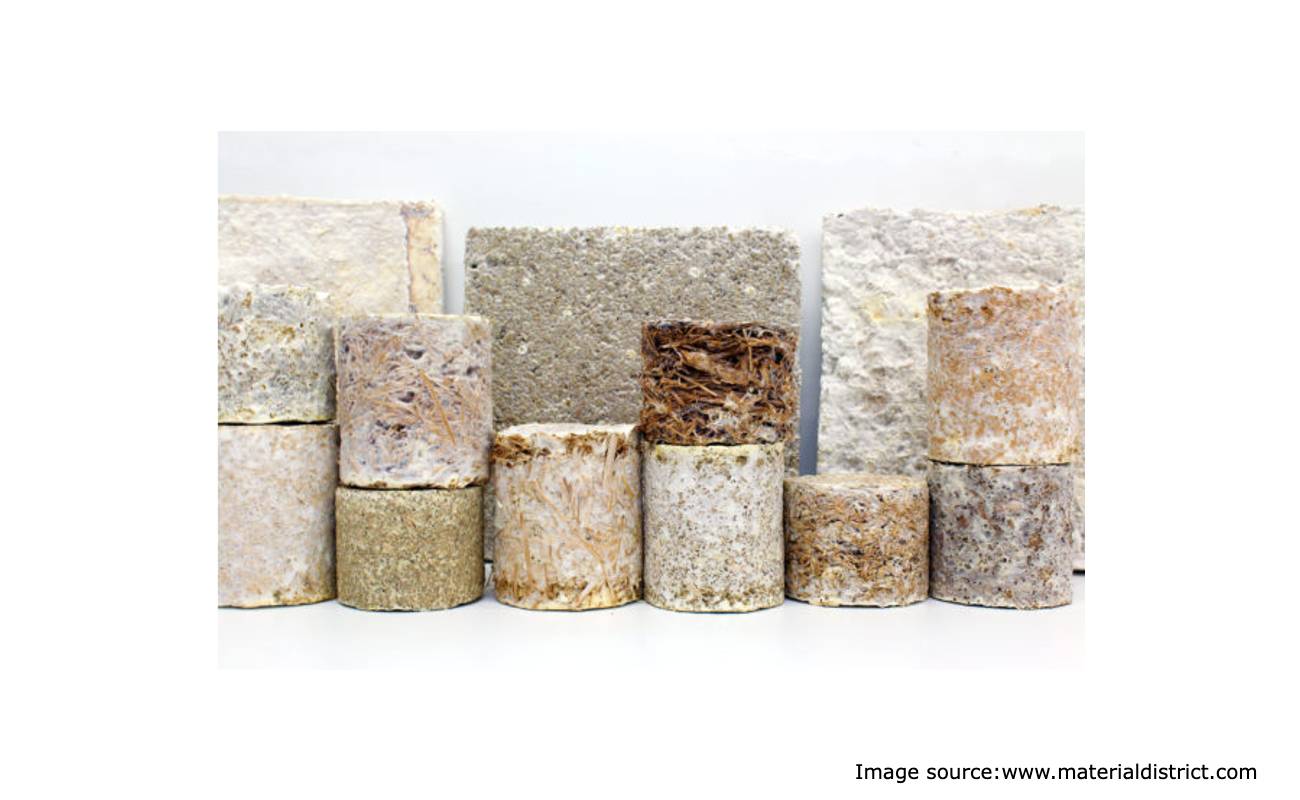Biocomposites: What, why, how and where are the applications and what are advantages and limitations
Biocomposites are materials that are made from a combination of natural fibers and a binding agent. The binding agent can be either a natural or synthetic polymer, depending on the desired properties of the final product. These materials are used in a variety of applications, from construction to automotive manufacturing, and have several advantages over traditional materials like plastics and metals.
What are Biocomposites?
Biocomposites are materials that are made by combining natural fibers and a binding agent. The natural fibers can be derived from a variety of sources, including plants, animals, and bacteria. Common examples of natural fibers used in biocomposites include wood, hemp, bamboo, and flax.
The binding agent used in biocomposites can be either a natural or synthetic polymer. Natural polymers used in biocomposites include starch, cellulose, and chitosan, while synthetic polymers include polyethylene, polypropylene, and polyvinyl chloride (PVC).
Why Use Biocomposites?
There are several reasons why biocomposites are becoming increasingly popular in various industries. Firstly, they are sustainable and eco-friendly. The use of natural fibers means that biocomposites are biodegradable and do not release harmful chemicals into the environment. This makes them an ideal alternative to traditional materials like plastics, which can take hundreds of years to decompose.
Biocomposites are also lightweight and have excellent strength-to-weight ratios. This makes them ideal for use in the automotive and aerospace industries, where reducing weight is a critical factor in improving performance and fuel efficiency.
Another advantage of biocomposites is their versatility. They can be molded into complex shapes, making them suitable for a range of applications. They are also resistant to moisture and UV radiation, which makes them ideal for use in outdoor applications like construction and marine applications.
Applications of Biocomposites
Biocomposites are used in a wide range of applications, from construction to automotive manufacturing. Some of the most common applications include:
Construction: Biocomposites are used in the construction industry to make panels, roofing, and flooring materials. They are durable, lightweight, and easy to install, making them an excellent alternative to traditional building materials like concrete and steel.
Automotive: Biocomposites are used in the automotive industry to make lightweight components like door panels, dashboards, and bumpers. They are durable and have excellent strength-to-weight ratios, making them ideal for improving fuel efficiency and performance.
Packaging: Biocomposites are used in the packaging industry to make biodegradable and eco-friendly packaging materials like bags, cups, and food containers.
Marine: Biocomposites are used in the marine industry to make boat hulls, decks, and other components. They are resistant to moisture and UV radiation, making them ideal for use in harsh marine environments.
Advantages and Limitations
Biocomposites offer several advantages over traditional materials like plastics and metals. They are eco-friendly, lightweight, durable, and versatile. They can also be made from renewable resources, which makes them a sustainable alternative to traditional materials.
However, there are also some limitations to biocomposites. They can be more expensive to produce than traditional materials, which can make them less competitive in some markets. They can also be more difficult to recycle, which can limit their potential for reuse.
Conclusion
Biocomposites are an innovative and sustainable alternative to traditional materials like plastics and metals. They offer several advantages over traditional materials, including eco-friendliness, lightweight, durability, and versatility. They are used in a wide range of applications, from construction to automotive manufacturing, and are an important part of the drive towards a more sustainable future.

